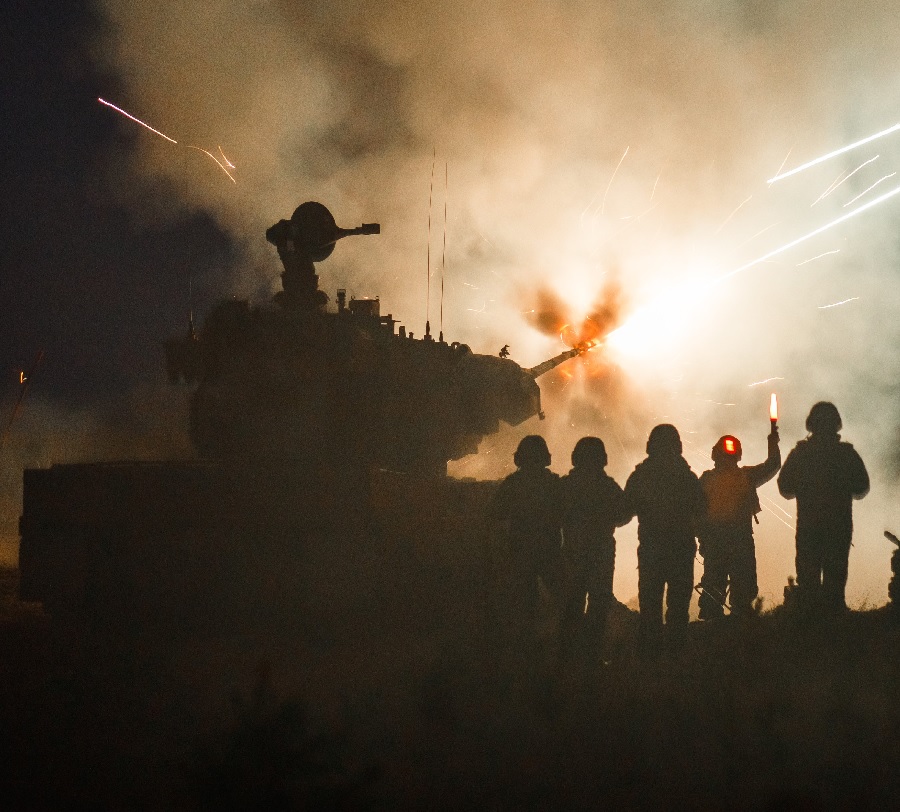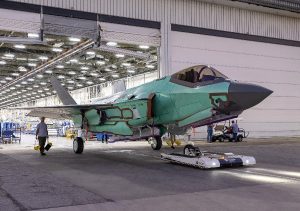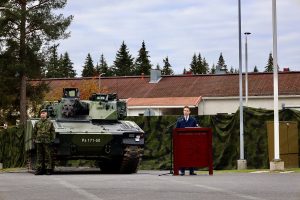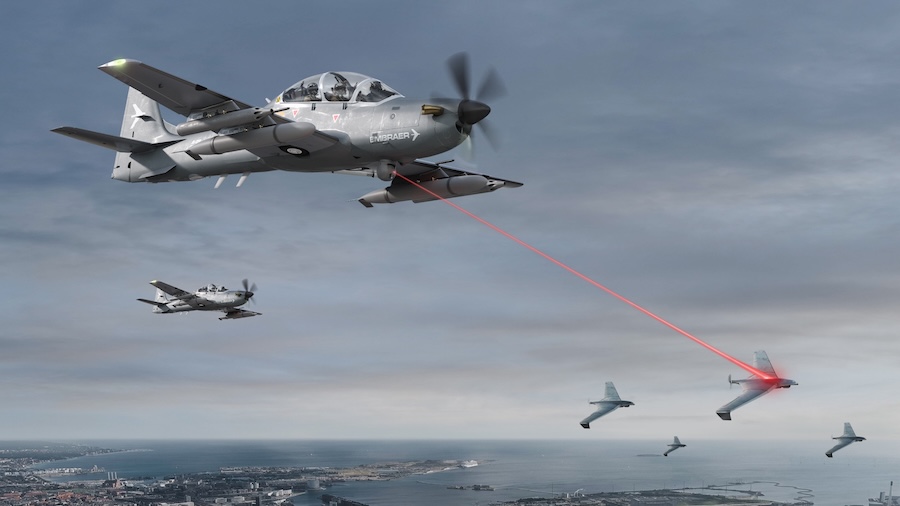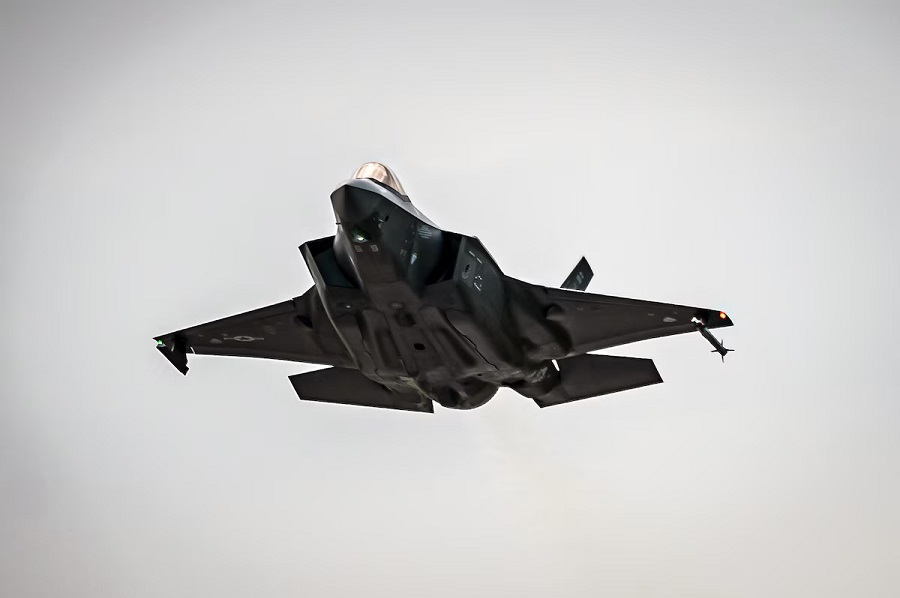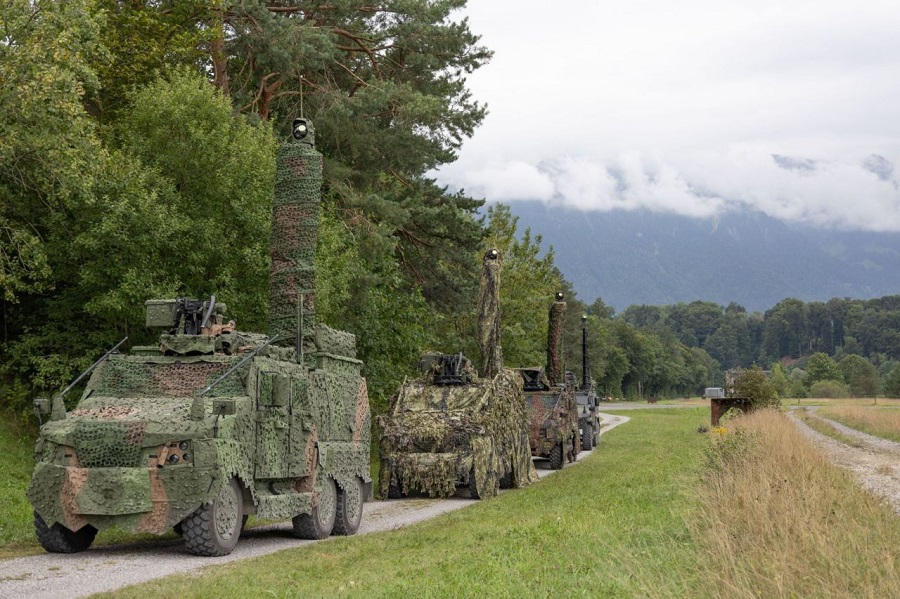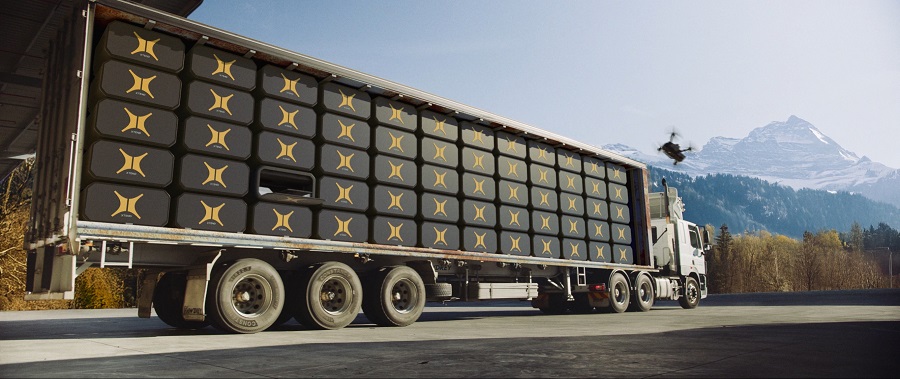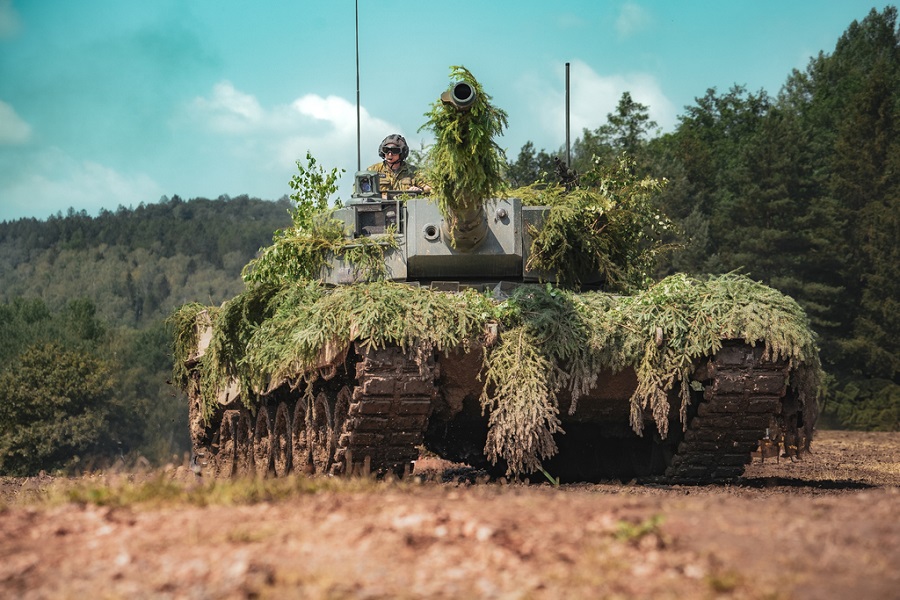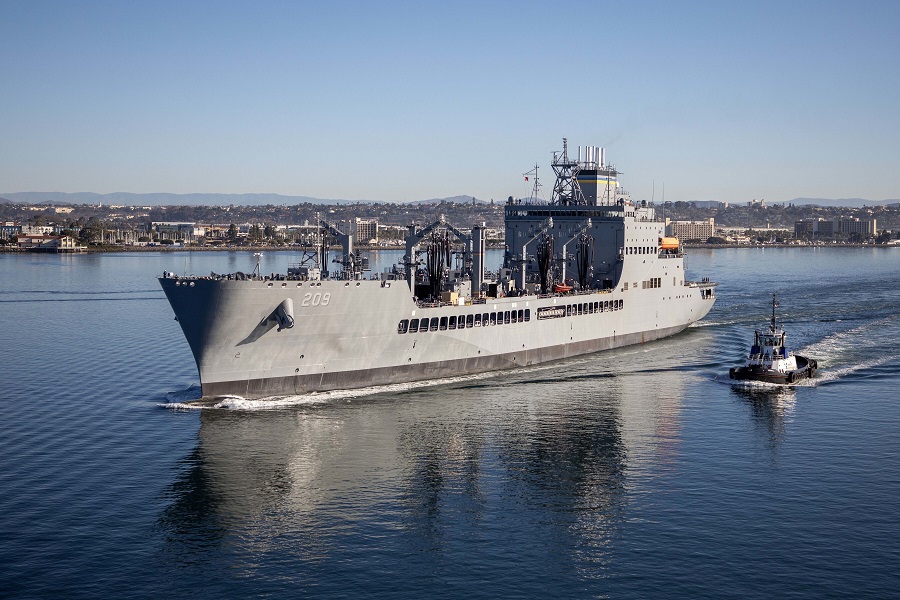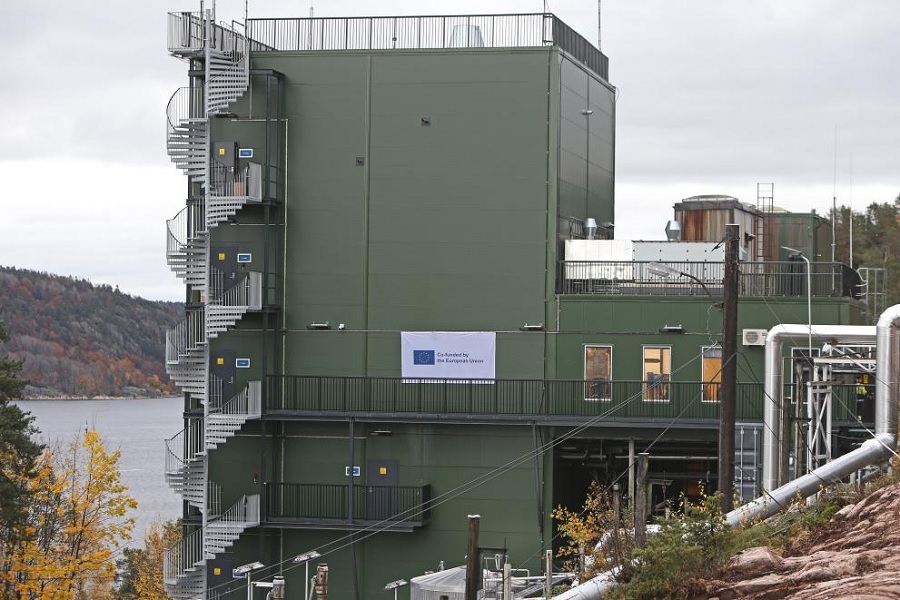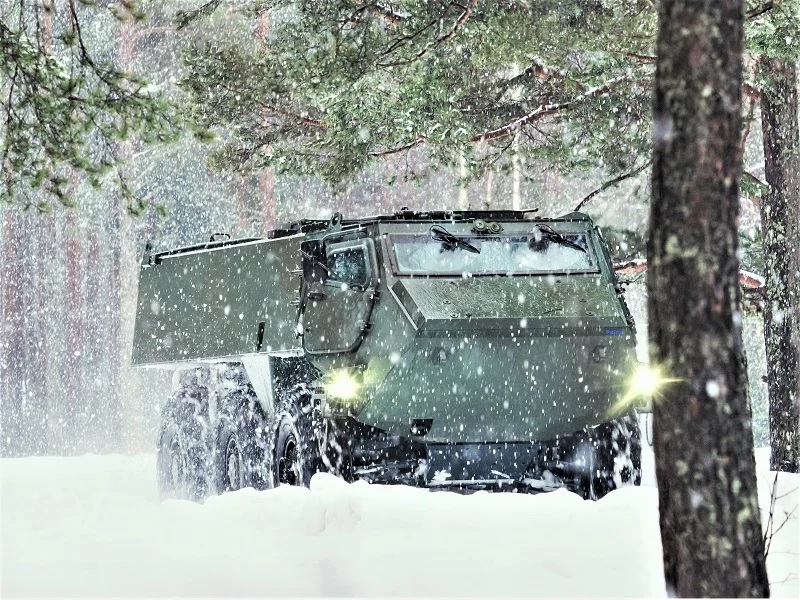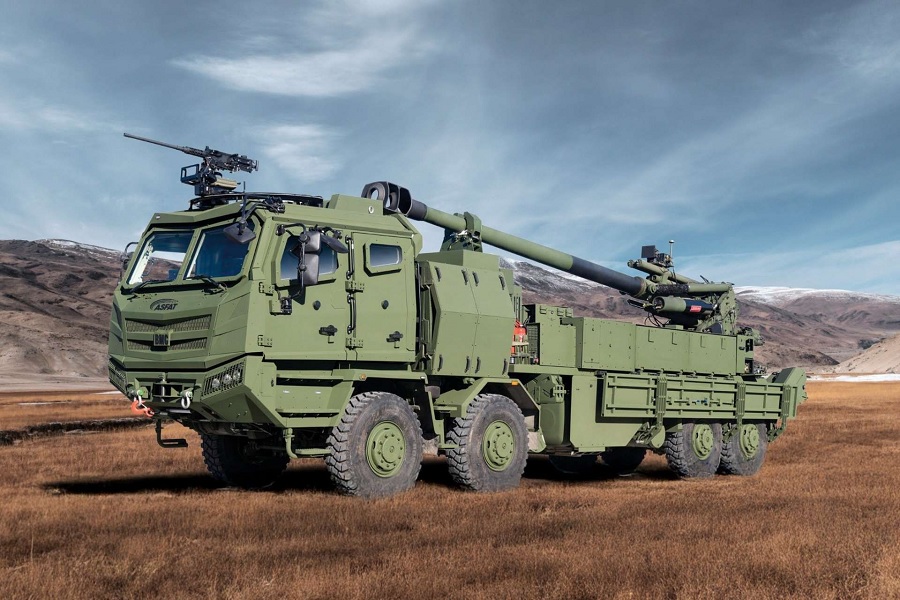The exercise begins with a live-fire phase from 11 to 15 November, followed by a combat phase from 16 to 20 November. Around 1,300 personnel from the Finnish Army and Air Force, as well as brigade-level units specialising in ground-based air defence, will take part.
NATO allies the United Kingdom and Sweden are also participating, contributing to the multinational dimension of the training. Military vehicles and personnel from across Finland will be travelling to Lohtaja on 11 November and returning on 20 November, with convoys expected to move at 60–80 km/h, possibly slowing traffic.
The live-fire segment will involve several Finnish Army anti-air weapons, including ITO90M, ITO05, and ITO05M missile systems, as well as 35ITK88 and 23ITK61/95 anti-aircraft guns and heavy machine guns. The UK contingent will deploy the Starstreak missile system during the exercise.
Supporting equipment includes approximately 400 vehicles, 20 aircraft, two helicopters, and both Army and Air Force drones. For eye safety reasons, optical observation of air targets will be prohibited during the drills.
ADEX Mallet Strike is the key annual exercise for Finland’s ground-based air defence units, focusing on developing the skills of conscripts, reservists, and professional personnel. Scenarios will test participants’ ability to engage aerial targets under conditions that include electronic warfare and harsh weather.
This year’s edition also marks the 100th anniversary of Finland’s ground-based air defence branch, a milestone highlighted throughout the exercise. The Exercise Director, Colonel Mano-Mikael Nokelainen, stated: “The international air defence exercise Mallet Strike is the most important exercise of ground-based air defence units, in which each and every conscript in air defence training gets to fire or observe firings and practise their skills in the most challenging training environment possible.”
Colonel Nokelainen added: “The Finnish weather in November adds to the challenge, for participants and equipment alike. Furthermore, since 2023, our Allies have brought some international flavour to the exercise. Interoperability can only be achieved through common, multinational exercises. I believe the exercise will be a memorable and instructive experience for all participants.”



